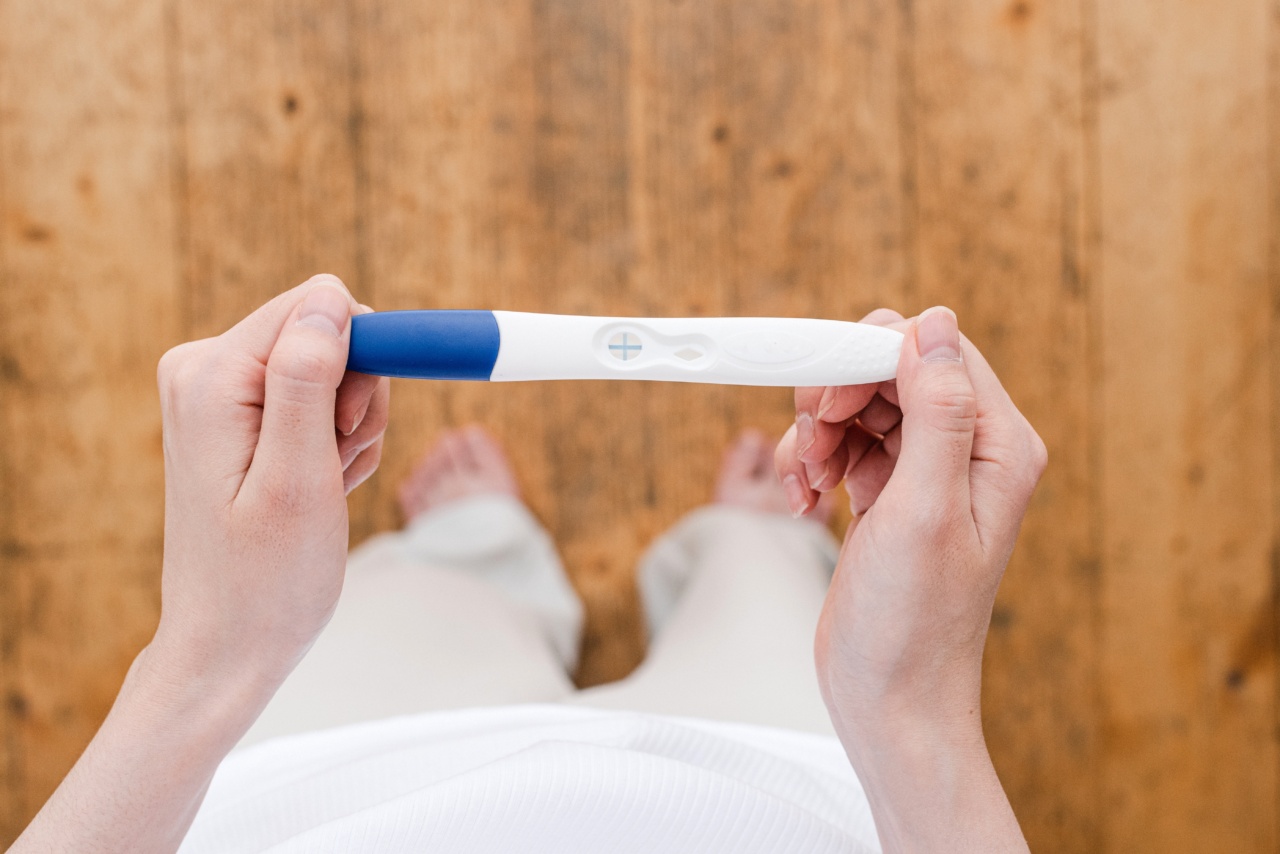Non-Invasive Prenatal Testing (NIPT) is becoming an increasingly popular method for detecting genetic abnormalities and disorders in fetus during pregnancy.
NIPT involves the analysis of Cell-Free DNA (cfDNA) in the mother’s blood, which is derived from placental and fetal cells in the bloodstream.
The test uses advanced genomic sequencing technology to examine the DNA fragments present in the mother’s bloodstream, providing accurate and reliable results without the need for invasive procedures such as amniocentesis or chorionic villus sampling (CVS). This article will provide an overview of NIPT via cfDNA and its importance in prenatal care.
How Does Non-Invasive Prenatal Testing via Cell Free DNA work?
The process of Non-Invasive Prenatal Testing via Cell Free DNA is relatively straightforward. It involves the collection of a blood sample from the mother, which is then analyzed in a laboratory.
The sample is analyzed to identify and extract the small amount of cfDNA that is present in the mother’s blood. The extracted DNA is then sequenced to detect any genetic abnormalities or disorders in the fetus. This is achieved by comparing the cfDNA sequence to a reference genome sample to identify any inconsistencies or variations.
What can NIPT test for?
NIPT via cfDNA can detect a wide range of genetic conditions such as Down syndrome, Edwards syndrome, Patau syndrome, Turner syndrome, and other chromosomal abnormalities.
The test can also detect other genetic disorders such as cystic fibrosis and sickle cell anemia. In addition, NIPT can also determine the gender of the fetus with a high degree of accuracy.
Who is a good candidate for NIPT?
NIPT via cfDNA is considered a safe and reliable prenatal testing option for pregnant women of all ages. However, the test is recommended for women who may have a higher risk of genetic disorders or chromosomal abnormalities.
This includes women over the age of 35, women with a family history of certain genetic disorders, and women who have previously had a child with a chromosomal abnormality.
Advantages of NIPT via cfDNA
There are several advantages of Non-Invasive Prenatal Testing via Cell Free DNA over traditional invasive procedures such as amniocentesis or CVS.
First and foremost, NIPT carries less risk of complications compared to these invasive procedures, which can pose a risk of miscarriage or infection. Additionally, NIPT can be performed as early as 10 weeks into the pregnancy, providing results sooner than other screening options.
NIPT results are also highly accurate and reliable, with a low rate of false positives, which can help reduce unnecessary anxiety and stress during pregnancy. Finally, because NIPT is a noninvasive procedure, there is no need for recovery time, and the mother can resume her normal activities immediately after the test.
Limitations of NIPT via cfDNA
While NIPT has several advantages over traditional invasive testing methods, it is not without certain limitations. One of the main limitations is that NIPT is not a diagnostic test.
It is a screening test that detects the presence of genetic abnormalities. A positive result from NIPT should be followed up with a diagnostic test, such as amniocentesis or CVS, to confirm the diagnosis. Another limitation of NIPT is that it cannot detect all genetic disorders.
Certain structural abnormalities or mutations may require other diagnostic tests.
Cost and Insurance Coverage
The cost of Non-Invasive Prenatal Testing via Cell Free DNA can vary depending on the laboratory and the region where the test is performed. The approximate cost of the test is around $1,000-$2,000.
In general, most private insurance policies cover the cost of NIPT for women who are considered high-risk. However, it is important to check with your insurance provider to verify your coverage prior to undergoing the test.
Conclusion
Non-Invasive Prenatal Testing via Cell Free DNA is an important screening tool for identifying genetic abnormalities and chromosomal disorders in fetus.
The test is a safe, accurate, and reliable alternative to traditional invasive procedures such as amniocentesis or CVS. While NIPT has certain limitations, it is recommended for pregnant women who are considered high-risk for genetic disorders. Consult with your healthcare provider to determine if NIPT is right for you.































